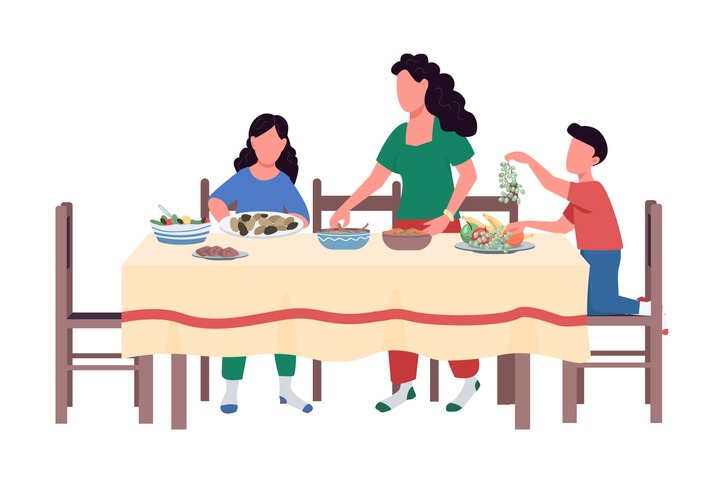
In the quest to acknowledge young carers, discover how school leaders can make a significant impact through innovative support and recognition.
CREDIT: This is an edited version of an article that originally appeared on Tes Magazine
Spotting and supporting pupils who are young carers can be a challenging yet crucial aspect of educational leadership. This article delves into the innovative approach of the Creative Education Trust (CET) in the UK, under the guidance of Nicole McCartney, director of Education at CET. Her personal journey as a young carer has propelled CET to identify, support, and empower students with additional responsibilities at home. In this article, we explore the strategies adopted by CET to assist young carers and how these methods can be adopted by school business leaders across the nation.
Creating awareness
Nicole McCartney’s quest began with the introduction of a trust-wide Young Carers Policy at CET. This policy provides essential guidance for schools and is developed in collaboration with MYTIME Young Carers charity and local charitable organisations. Instead of directly inquiring about young carers, schools are encouraged to ask if students have “additional responsibilities” at home, ensuring their comfort in sharing information. To foster understanding, schools are encouraged to conduct assemblies, shedding light on the role and responsibilities of young carers, or “pupils with additional responsibilities.”
Engaging with students
CET further engages students through form tutors who elaborate on the tasks young carers commonly undertake at home during tutor time. The “Are You a Young Carer?” displays are put up around the school premises, not only informing but also celebrating Young Carers Action Day on 15 March, a day to recognise the invaluable contributions of young carers.
Understanding the responsibilities
Identifying young carers is only the first step. CET introduced the Multidimensional Assessment of Caring Activities (MACA) survey to gain insights into the extent of their caregiving activities. The results were eye-opening, revealing that some students were dedicating over 15 hours per week to family caregiving. This questionnaire also aids in identifying young carers when the reasons for patterns of lateness, absence, or poor behaviour aren’t immediately apparent.
Measuring impact
To better support and understand young carers, CET has appointed a young carers champion in every school within their trust. This initiative, initiated in 2020, is supported and evaluated by trust leaders and governors, who receive termly impact statements. These statements encompass the number of young carers receiving support, the nature of this support, and their attendance, behaviour, and punctuality.
Continuous support
CET recognises that practical support is vital. Adjustments such as rescheduling after-school clubs to lunchtime or arranging transportation after a school trip ensure young carers can actively participate. Additionally, pupils are issued time-out cards to check their phones for messages without disruption to lessons. CET also organises social events, including meals, cinema trips, and bowling excursions, exclusively for young carers.
Acknowledging potential
It’s essential to realise that young carers possess qualities that can drive them throughout their lives. Leadership skills, an acute sense of responsibility, and compassion for others are traits that should be nurtured. Young carers are ubiquitous, and it’s the responsibility of all school business leaders (SBLs) to be vigilant and educate their staff to harness and amplify the strengths of these exceptional students while extending support to others.
CET’s holistic approach to identifying and supporting young carers not only helps these students thrive academically but also celebrates their unique strengths and qualities. SBL’s have a responsibility to look out for young carers and educate their staff in order to ensure that every young carer receives the recognition and support they truly deserve.



Be the first to comment